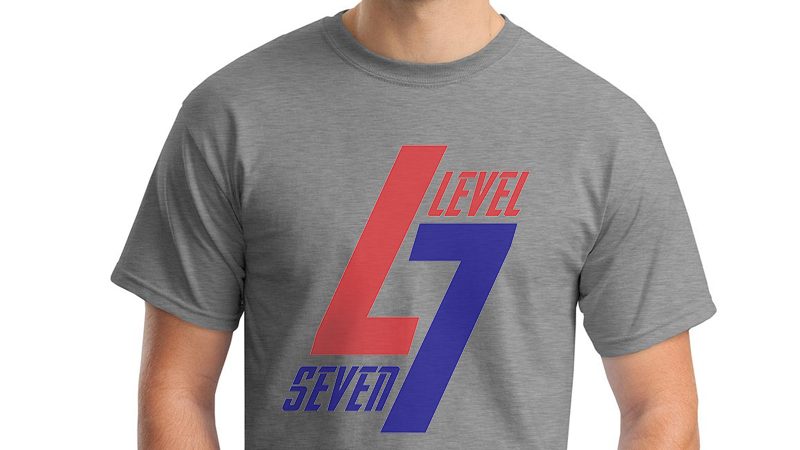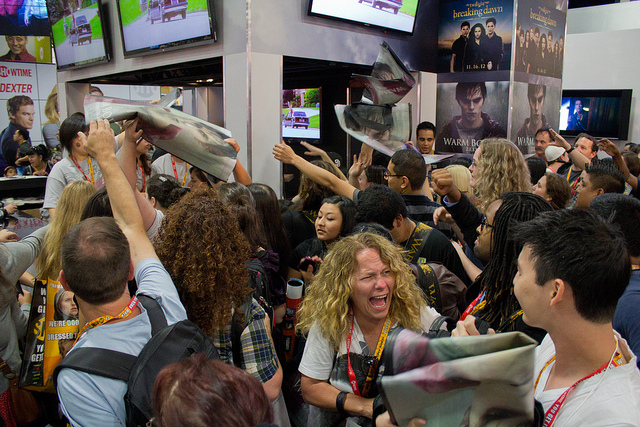Risky product branding

Last week the new September 11th Memorial museum in New York opened up its doors to give relatives of the tragedy’s victims a sneak peek before opening to the general public this week. Unfortunately these guests were less than enthused by the museum making money off their loved ones in the large museum gift shop featuring all sorts of wearable and promotional products featuring a sleek 9/11 Memorial logo.
In a different story this year, there was a special event held at Harvard in February called WECode: Women Engineers Code. The conference left some of its female computer science participants shocked when the main sponsor distributed branded mirrors and nail files to all the conference attendees, leaving many to wonder how that sponsor didn't come up with a more appropriate giveaway.
Although these two examples are different, they still have a lot in common.
They are both perfect examples of how easily branded products can go bad, despite what good intentions there may be.
There is a fine line of acceptableness applicable to all kinds of promotion that can easily be crossed when not careful. Failing to consider all possible messages being sent with certain products, slogans, logos, campaigns etc. is a recipe for disaster. Not thinking through all details including who the target market is and what their needs are doesn’t help the situation either—as is the case for the examples above.
In the case of the 9/11 Memorial Museum, representatives of the museum have explained that the gift shop is necessary to fund the operating cost


